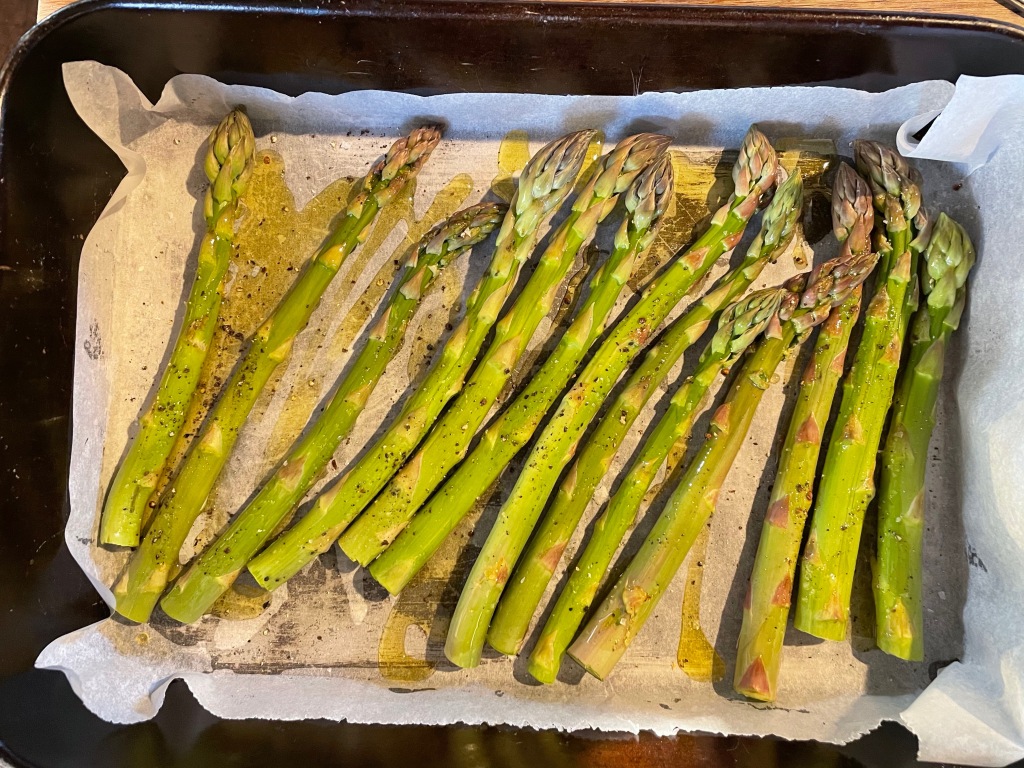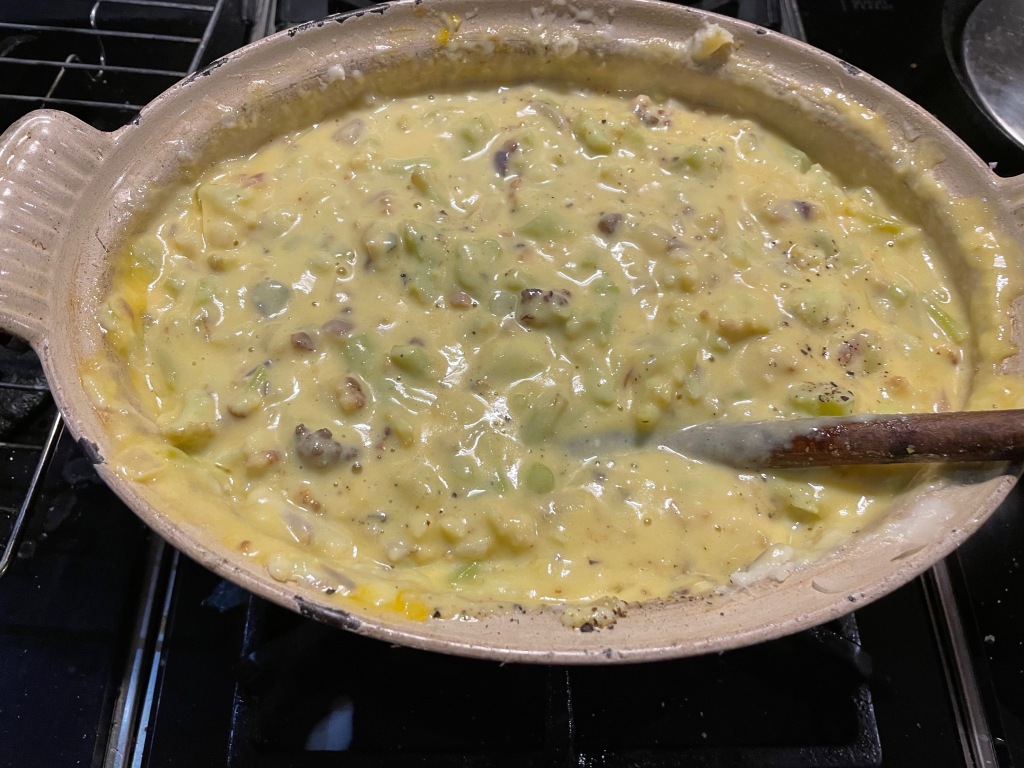Three storms in a week left our garden in tatters. Lettercollum – Leitir Colm in Irish, doesn’t translate as windy hillside for nothing.
We had to use the chainsaw to cut our way out the morning after storm Eunice rocked by and any previous complacency that we had about the imminent arrival of an early crop of spinach and chard vanished when Eunice whisked the plastic off of the tunnel. It was left flapping in the wind like wet washing which mixed in with the debris of the uprooted tree and broken fruit cages made sad viewing.
Luckily the glasshouse is secure and is a comfortable refuge. There’s a kettle on the bench, teabags and a small stash of snacks. All mod cons.

The propagator is cranked up and I am slowly sowing seeds. The next crop of spinach and chard are in the seed trays as are the tomatoes, aubergines and chillies – no sign of them yet but it is early days. I have sown salad, rocket and herb seeds in the tunnel that’s still standing and the rocket true to it’s name has shot up. Another growing season is on the move.

Exciting times – one way or the other.
With the spinach on hold we’ve been enjoying Kimchi.
Kimchi is a spicy fermented Korean cabbage dish, like an Asian sauerkraut. It’s made by salting and spicing cabbages that are then allowed to ferment with wild cultures. It’s very much part of the Korean food culture.
Fermented foods are full of probiotics which in turn are good for our gut health and immune systems. I reckon our immune systems could do with a boost after two years of covid/covid avoidance.
One of my favourite ways to eat kimchi is a kimchi pancake, known as Kimchijeong.
Kimchijeong are very easy to prepare as is kimchi if you have the time. For those of us who don’t there’s the perfect solution- open a jar! We use a locally produced Kimchi that is made by the Cultured Food Company. Not as spicy as Korean kimchi it is perhaps better tuned to the Irish palate and one jar of this kimchi fits the recipe perfectly.
With Shrove Tuesday imminently arriving this recipe for pancakes will be like an Asian mini break.
Crispy on the outside, juicy on the inside these pancakes are addictive. Serve with little gem lettuce leaves and dipping sauce on the side, they are guaranteed to be hoovered up.
This recipe makes four medium pancakes that are designed to be shared.
Serves 2-4 – depending on appetite!
Kimchi Pancakes – Kimchijeong
150g standard flour
75g white rice flour
½ tsp salt
1 large egg
1 x 300g jar of kimchi
Juice from the jar of kimchi (about 6tbs)
4 spring onions, finely chopped
1/2tsp chilli flakes (optional)
250mls cold sparkling water
100mls vegetable oil for frying
Dipping Sauce
2tbs soya sauce/tamari
2tbs rice vinegar
1 tsp toasted sesame oil
1tsp sugar
1 tsp sesame seeds
1tbs finely chopped spring onion greens
1 fresh chilli, finely chopped or ½ tsp Korean chilli flakes
Little gem salad leaves or similar for serving
First make the dipping sauce. Lightly toast the sesame seeds in a dry frying pan until they take little colour and become fragrant. Tip into a small bowl, add all the other ingredients then stir together and put aside.
Wash the salad leaves.
Drain the jar of kimchi, reserving the liquid.
Chop the kimchi quite small.
Whisk the egg, fizzy water and kimchi juices together then whisk in the flour, rice flour, salt and chilli or chilli flakes. Stir in the chopped kimchi and spring onions.
Heat a non-stick frying pan and add roughly 2tbs oil. Add one quarter of the mix, spreading it out with the back of a wooden spoon.

Fry the pancake on a medium high heat for 2-3 minutes until a golden crust forms then using a spatula carefully flip the pancake over and cook the other side. Add a little more oil around the sides. This might seem like a lot of oil but it’s the oil that makes the pancake crispy so don’t skip this step. You should see the oil bubbling around, but not over, the pancake.

Flip the pancake one more time and cook for a further minute or two then again on the other side. Slip the pancake onto a plate then cut like a pizza for sharing. Repeat the process 3 more times.

Put the dipping sauce, lettuce leaves and pancake on the table then tuck in. Break off pieces of the pancake, wrap in a lettuce leaf then dunk in the dipping sauce.

Delicious!




























